
Demand-supply gap to uplift residential realty market
The anticipated demand is likely to exert an upward pressure on property prices especially in markets like NCR, Mumbai and Bangalore where the demand-supply gap is high.

The anticipated demand is likely to exert an upward pressure on property prices especially in markets like NCR, Mumbai and Bangalore where the demand-supply gap is high.

Year 2011 was a challenging year for the Indian real estate sector. It was a year which brought to the mainstream need for policy level changes.
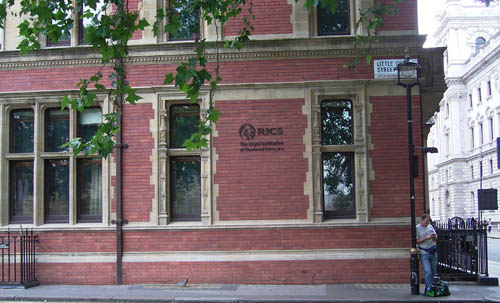
RICS launched a revolutionary concrete panel based mass housing concept – known as ‘India Concept House (ICH)’ in partnership with Sam Circle Venture and its partners, KieranTimberlake and ProjectWell.
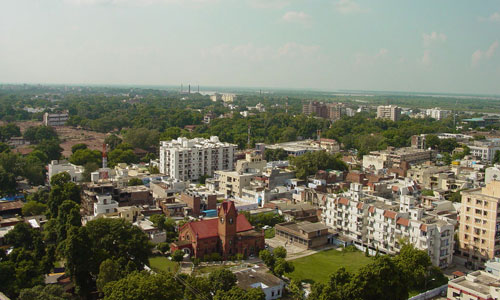
It may surprise to many, but the fact is that the housing finance sector has steadily and consistently been posting impressive growth, despite the numerous challenges in the sector.
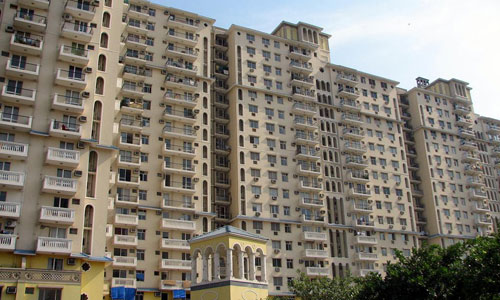
Housing supply is estimated to fall short of demand by 1.3 million units in seven major cities of the country during the next five years, according to a report.
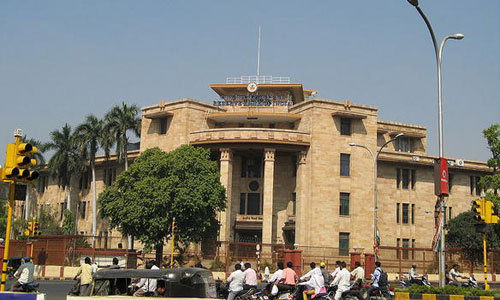
Integrated township, 5-star hotel, shopping malls, multiplexes, and luxury apartments… backed by the NRI investment Nagpur is fast catching up on the real estate map of India to emerge as the tier I city.
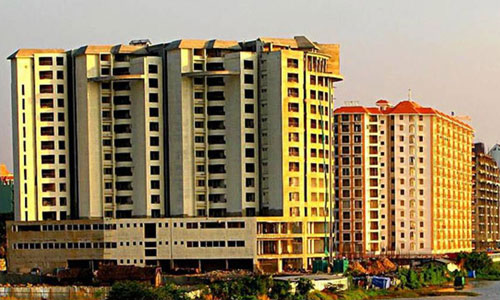
CRISIL Research expects tier II cities will be the demand drivers and lead finance penetration and entry of more players to drive faster growth in retail loans demand.

The introduction of FDI in multi-brand retail will lead to increased demand, which in turn will catalyze more investment opportunities in organized retail.

Real estate developer Zinc Hospitality, which holds equity in properties like Taj Safaris, Taj Asia, Hilton in New York and India Safaris, is all set to bring its own brands to India.

Mall management is a huge movement in more developed and matured markets, especially where the mall culture has evolved significantly.
